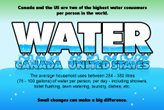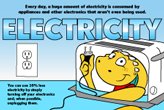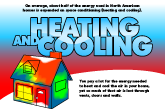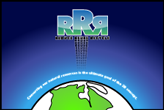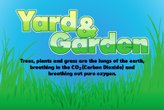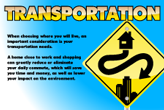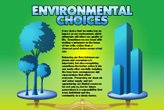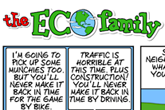- Home
- Comics
- Green Blog
-
Resources
Other Resources
-
Connect
Drugs In The Water
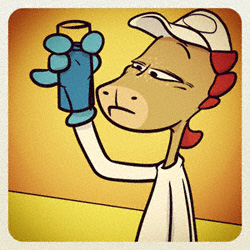


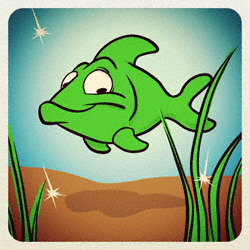 I was absolutely horrified to find out that studies made of our fresh water is finding more and more traces of drugs they call API’s (Active Pharmaceutical Ingredients) in 80 percent of the rivers and streams that they tested. Apparently they have been doing these tests for a while now and because we have better technology to measure these traces, we are able to detect them better.
I was absolutely horrified to find out that studies made of our fresh water is finding more and more traces of drugs they call API’s (Active Pharmaceutical Ingredients) in 80 percent of the rivers and streams that they tested. Apparently they have been doing these tests for a while now and because we have better technology to measure these traces, we are able to detect them better.
There have been many studies done showing that these drugs are starting to affect the fish and other aquatic wildlife in our rivers and lakes by affecting their size, affecting their behaviour, causing them cancer and even making fish that have both male and female parts! Some drugs are even altering the reproductive processes of fish. It really bugs me that we humans are always causing damage to our rivers and oceans and I wanted to talk about some of the things we can do to help.
There are at least 6 API’s that show up in the highest concentrations which are: ibuprofen, triclosan (an anti-bacterial used in deodorant and toothpaste), carbamazepine (an anti-convulsant and a mood stabilizer), phenazone (a pain killer and anti-fever drug), clofibric acid (which is used as a herbicide) and acetaminophen.
They say these drugs are entering our water supply in many different ways such people flushing old medicine down the toilet. Even the drugs we take as medicine is being eliminated in our urine and feces or being sweated out into our clothes and then being washed.
Products like toothpaste, deodorant, soap and cosmetics can have triclosan (advertised as antibacterial), which is extremely toxic to natural organisms in the water. The Canadian Medical Association is calling for a ban on antibacterial products because they believe that they are contributing to the growing amount of bacteria that is becoming antibiotic resistant.
Add that to all the pesticides and herbicides that farmers use on our crops that end up in our food and run off the land into streams and rivers. Even though most of this water passes through wastewater treatment plants, they are not required to and do not filter out these types of chemicals! There are some new technologies like UV and ozone and reverse osmosis, which can remove these drugs, but they are expensive and so are not widely used. And they still leave contaminated waste which must still be disposed of and ends up in the water supply again.
What can we all do to help? First of all, stop flushing unused medicine down the toilet! Some places have drug take back programs and some police stations have started having drugdrop days during the year where you can turn in your unused medications. If you don’t have that, mix your unwanted or expired medicine with coffee grounds or kitty litter or something else that will prevent some other animal from eating it. Put it in a sealed container to prevent leaks before putting it into the garbage.
Instead of buying the big economy sized bottle or drugs, buy only what you will need and use the recommended dosage. Don’t buy products like toothpaste, soaps, deodorants or cosmetics with Triclosan listed as an ingredient. Follow the label instructions on things like skin care products and insect repellents and use only what is necessary. If we all do our part maybe we can at least reduce the damage we are causing!
Blog Category:
Water
Environmental Choices

